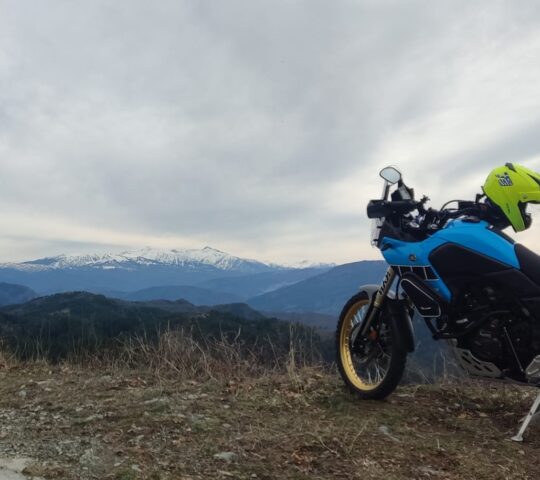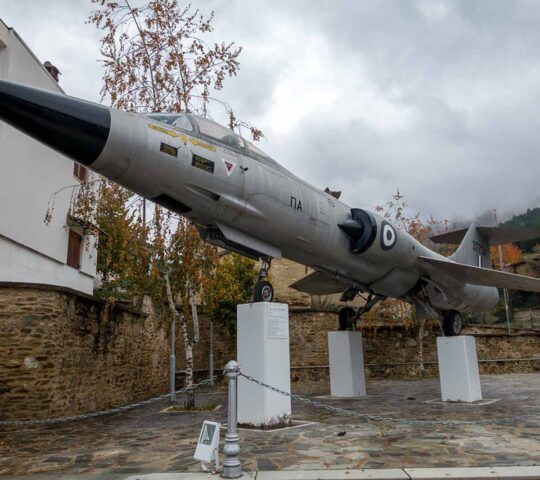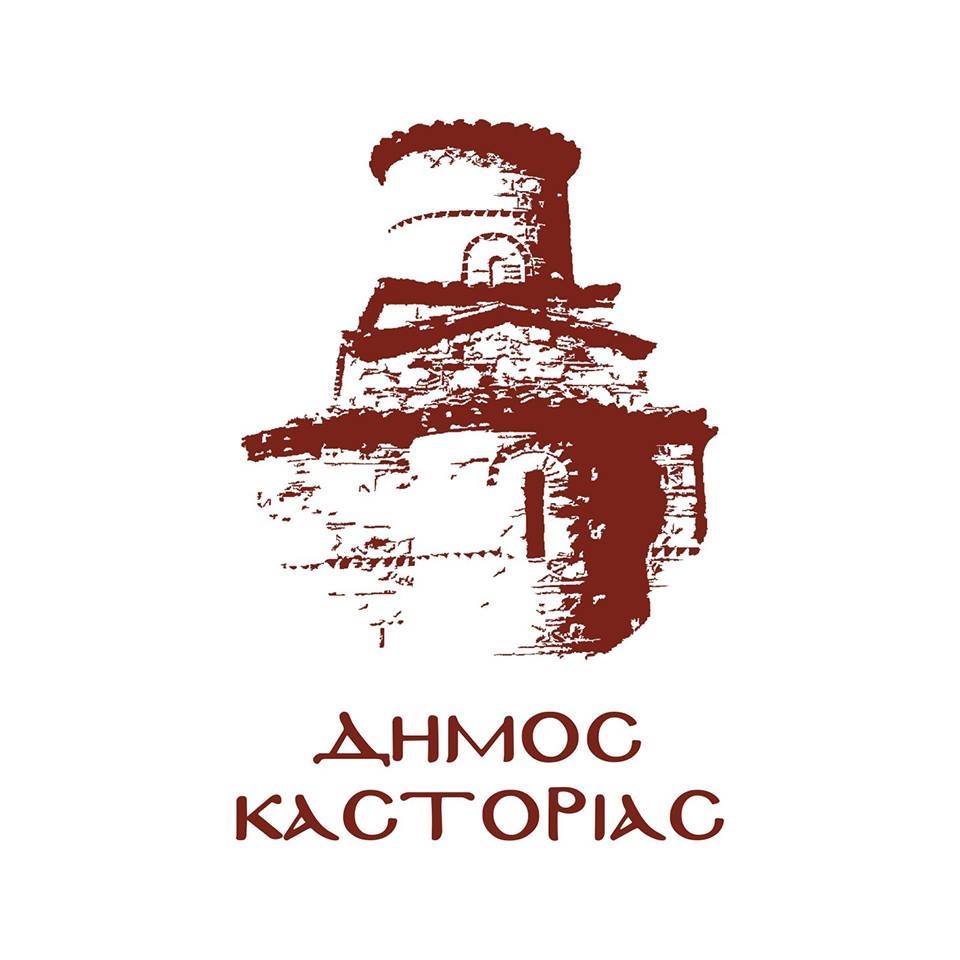Sidirochori (Ruins of the Byzantine Castle – Loggas)
In the spring of 1017, Basil II, continuing his war against Samuel, after wintering in the highly secured castle of Mosinople, returned and besieged the fortress of Loggas. He captures it, burns it and divides his prisoners into three parts, to his Russian allies, to the army and the third part of the prisoners he kept for himself. The current road leading to Sidirochori is the only access to the sloping plateau of the fortified settlement, which retains all the characteristics of a fortified medieval shelter. The highest point of the fortress is 920 metres above sea level. The ruins of the old settlement at the foot of the hill have an altitude of 685 metres. Therefore, the hill has a total height of approximately 235 metres. The ground plan of the fort is clearly visible.
It is a castle-shelter perched on an extremely inaccessible mountain slope which completely controls the whole plain of Kastoria. The view from the castle of Loggas to the lake is truly unique. The stones found in the same place are of relatively small dimensions and have been assembled without mortar (dry stone). At no point in the wall is the existence of a tower found. The lord of the castle is mentioned as Count Nikolaos with his sons (David, Moses, Aaron and Samuel). If the legend that has been preserved in the traditions of the neighbouring settlements with Longa and speaks that in the Gradiste of Loggas is buried “King David and his lady Sesta” (from which, according to local tradition, the old name of the neighbouring village of Sistevo is derived) in an all-gold urn is verified by excavations, then we will be able to have an additional piece of evidence about this Byzantine castle of Loggas.













